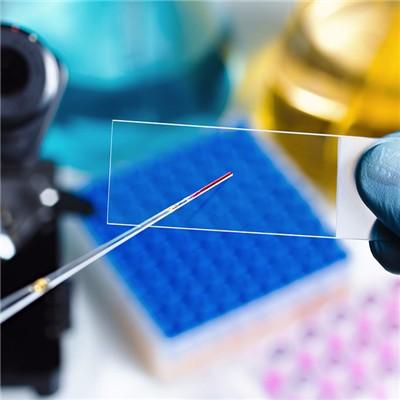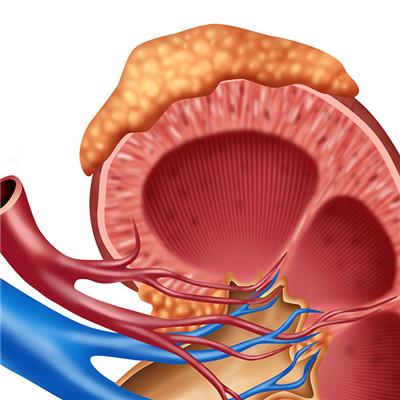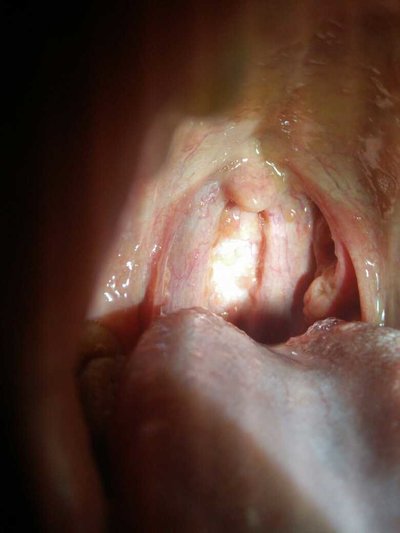How is chest abdomen ache to return a responsibility?
summary
Abdominal pain is a common clinical symptom, many people occasionally feel abdominal pain, there are many reasons for abdominal pain, eating food deterioration will lead to abdominal pain, this is a normal phenomenon, abdominal pain is also the manifestation of some other diseases. So how is chest and abdomen ache to return a responsibility? Let us understand below.
How is chest abdomen ache to return a responsibility?
The location of abdominal pain often indicates the location of the lesion, which is an important factor in differential diagnosis. However, the location of many visceral pain is often ambiguous. Therefore, the tenderness site is more important than the patient's subjective pain site. For example, biliary tract diseases often have shooting pain on the right shoulder and back, pancreatitis pain often radiates to the left waist. Renal colic is more radiation to perineum. The degree of abdominal pain reflects the severity of the disease in a certain sense. Generally speaking, the pain of gastrointestinal perforation, rupture of liver and spleen, acute pancreatitis, biliary colic and renal colic is severe, while the pain of ulcer and mesenteric lymphadenitis is relatively mild. However, the feeling of pain varies from person to person, especially in the elderly. Sometimes they feel dull, such as acute appendicitis, and even abdominal pain until perforation. The nature of pain is roughly related to the degree. Severe pain is often described as knife like pain and colic, while mild pain may be described as soreness and distending pain. The pain of patients with biliary ascariasis is often described as drill top pain, but it is more characteristic. The rhythm of abdominal pain plays a strong role in the diagnosis. The lesions of solid organs are mostly persistent pain, while the lesions of hollow organs are mostly paroxysmal. Persistent pain with paroxysmal exacerbation is more common in the presence of inflammation and obstruction, such as cholecystitis with biliary obstruction, intestinal obstruction with peritonitis and so on.
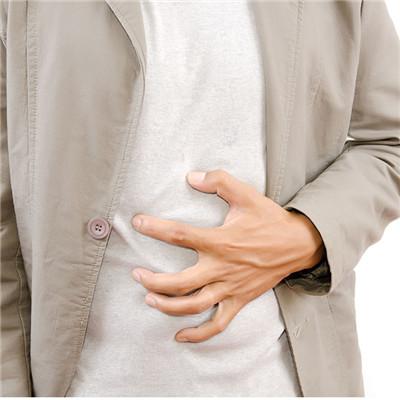
The accompanying symptoms of abdominal pain are very important in differential diagnosis. With fever, it is suggested that inflammatory lesions. Food poisoning or gastroenteritis is often accompanied by vomiting and diarrhea, intestinal infection is only accompanied by diarrhea, gastrointestinal obstruction and pancreatitis may be accompanied by vomiting. Jaundice indicates biliary tract disease. The patients with hematochezia may be intussusception and mesenteric thrombosis. Hematuria may be associated with ureteral calculi. With abdominal distension may be intestinal obstruction, with shock for visceral rupture bleeding, gastrointestinal perforation complicated with peritonitis and so on. The possibility of pneumonia should be considered for abdominal pain with fever and cough, and myocardial infarction should be considered for upper abdominal pain with arrhythmia and decreased blood pressure.

Abdominal signs are the focus of the examination. First, we should find out whether it is total abdominal tenderness or local tenderness. Abdominal tenderness indicates diffuse lesions, such as Massey's point tenderness as a sign of appendicitis. Check whether there is muscle tension and rebound pain in tenderness fashion. Muscle tension often indicates inflammation, while rebound pain indicates that the lesion (usually inflammation, including chemical inflammation) involves the peritoneum. Irregular need to pay attention to check whether there is abdominal mass, such as touching the abdominal mass with tenderness and fuzzy boundary, more prompt for inflammation. There was no obvious tenderness, and the boundary of the mass was clear, indicating the possibility of tumor. The tumors were hard in texture. Intussusception, volvulus, closed loop obstruction can also touch the diseased intestinal flexure. Ascaris mass in small intestine of children and feces in colon of old people can also be touched as "abdominal mass".
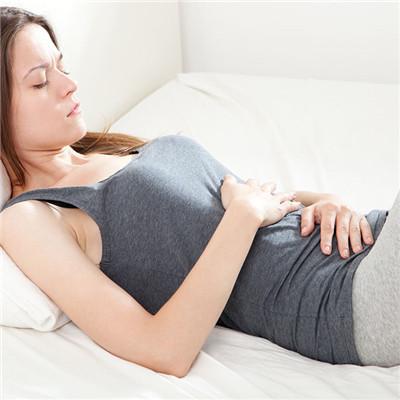
matters needing attention
Abdominal pain is a common disease, which is caused by many reasons. From the above introduction, we have a certain understanding of the causes of abdominal pain. In the treatment, it is recommended to use a variety of methods combined with treatment, drug treatment and non drug treatment methods, will play a very good effect.
